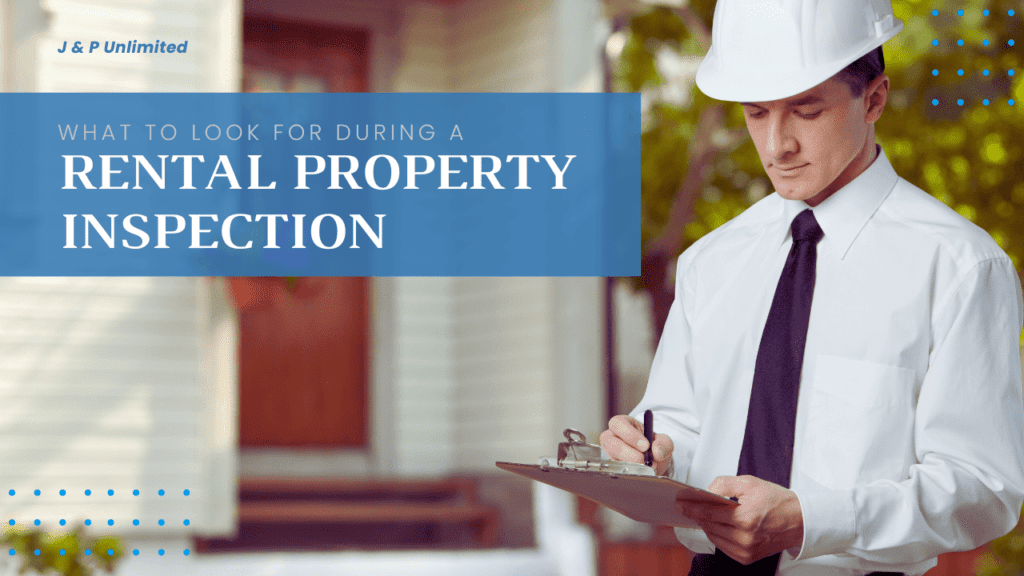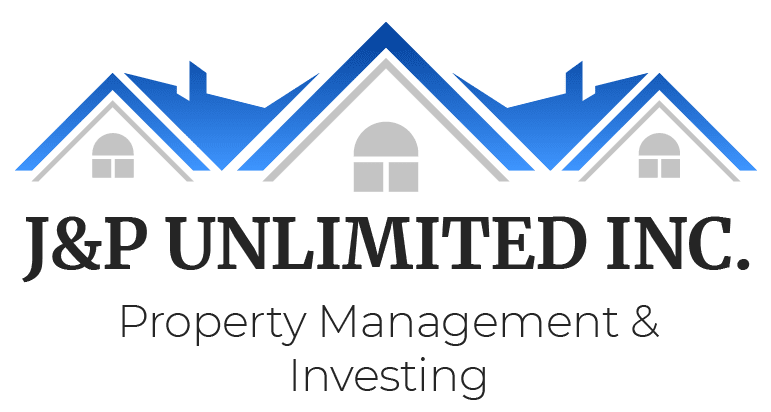
There’s a lot of value to be found in rental property inspections. They’re an essential component in protecting your investment property, they allow you to nurture a professional and positive relationship with your tenants, and they ensure there isn’t any deferred or unreported maintenance lurking in your property.
Move-in and move-out inspections should be automatic when you’re renting out a home, and a maintenance walk through during the lease period is an excellent idea as well, to ensure the property is being well-maintained and to hold the tenants accountable to your lease agreement.
A lot of the rental property owners we talk to wonder what specifically they should be looking for when they’re conducting inspections. We have some ideas. Here is what you should be looking for when you conduct a rental property inspection.
Potential Problems with Safety and Habitability
Safety and security are priorities when you’re renting out a home, and this is where every rental inspection checklist should begin. Your job is to provide a habitable rental home. You want to keep your tenants safe from accidents and incidents while living on your property.
Start your inspection by checking:
- Electrical systems
Tenants need access to electricity. Turn on all the lights. Test every outlet. You don’t want to see sparks or smoke.
- Plumbing systems
Check for leaks throughout the property by looking under sinks and behind toilets and tubs. Leaks and drips and toilets that don’t flush right can be hazardous to rental properties. When you’re inspecting, look at every faucet. Flush every toilet and check the showers, the tubs, and the appliances. Look for evidence of moisture under the floors. It doesn’t take long for a minor water issue to become an expensive plumbing disaster. You can’t leave these problems alone because damp interiors only invite mold, mildew, and rot.
- HVAC systems
Your heating and cooling system is perhaps the most expensive system in your property. Avoid expensive replacements and extend the lifespan of your air conditioning unit, furnace, and ventilation system with periodic inspections and servicing. Take a look at the air filter. Is your tenant changing it regularly? This may be something to discuss if it looks dirty.
- Smoke and carbon monoxide detectors
If you’ve installed battery-operated detectors, make sure those batteries don’t need to be changed.
Open and close every door and window. Do they lock? Large systems are important to check, and you want to get into the details as well. Are there loose handrails? Does a step wobble on the front porch? Make notes to get these things fixed.
Property Condition and Cleanliness
Your inspection should give you a sense of your property’s general condition. By looking around the interior as well as the exterior, you can get an idea of whether it’s being maintained well on a daily basis by your tenants.
When you’re inspecting, make sure the home is clean and functional. There should not be any trash or debris gathering inside the house that might attract insects or rodents. Cleanliness must also be an inspection point when the home is empty. It has to be professionally cleaned before a tenant moves in, and this should be part of your turnover process after a tenant departs.
Tenant and Pet Damage
You don’t want to see any damage when you’re inspecting a property that’s occupied. If you notice that walls have holes in them, windows are cracked, or doors are off their hinges, address these issues with your tenants.
Documenting and repairing damage will be especially important during the move-out inspection. At this point, you’ll be looking for tenant damage and ensuring that you can separate it from normal wear and tear. This is an important distinction, especially when you’re making decisions about the security deposit. While you’re responsible for wear and tear replacement costs, the tenant can be held accountable for any damage that’s left behind. Document damage and send an itemized list with your security deposit.
It’s also important for you to inspect for pet damage. If your tenants have moved in with pets, always check the floors and walls for evidence of pet damage. Discuss the lease requirements, the pet policy, and the things your tenant will need to do to stay in compliance. Typically, any repairs or replacements will be paid for out of the pet fee you likely collected before your tenants moved in. Make sure you address these issues promptly. If pet odors are left to linger for too long, it will only be more difficult and expensive to clean them up.
Opportunities for Upgrades and Improvements
During your inspection, take a moment to evaluate what you could do to increase your rental value. Repairs are one thing, but upgrades and improvements can go a long way towards increasing rents and tenant satisfaction. Where can you make some updates? Maybe new carpet is needed, or perhaps you’ll want to tear up the carpet and install popular hard surface flooring. Look for any new, fresh paint that may be necessary. Are the appliances ready to be replaced? What about the lighting?
Look for Lease Violations
 Walking through the property with your tenants present is an opportunity to ensure the lease is being followed. You want to make sure there aren’t any unauthorized pets or long-term guests at the property when you’re inspecting. Hold your tenants accountable to the lease terms they agreed to.
Walking through the property with your tenants present is an opportunity to ensure the lease is being followed. You want to make sure there aren’t any unauthorized pets or long-term guests at the property when you’re inspecting. Hold your tenants accountable to the lease terms they agreed to.
You don’t want to show up for an inspection hoping to find something that your tenants are doing wrong. Instead, simply be aware of your surroundings as you walk through rooms. Ask questions. Talk with your residents.
You can also work on tenant retention while inspecting. Have a friendly conversation with your tenants about their rental experience. You want to provide good customer service and keep an open and transparent dialogue going.
These are some of the things you don’t want to miss when you’re inspecting a property. If you’d like some help with rental inspections, we can provide it. Please contact us at J&P Unlimited. We manage investment properties in Myrtle Beach, Conway, Surfside Beach, Murrells Inlet, Socastee, Loris and the surrounding areas.
